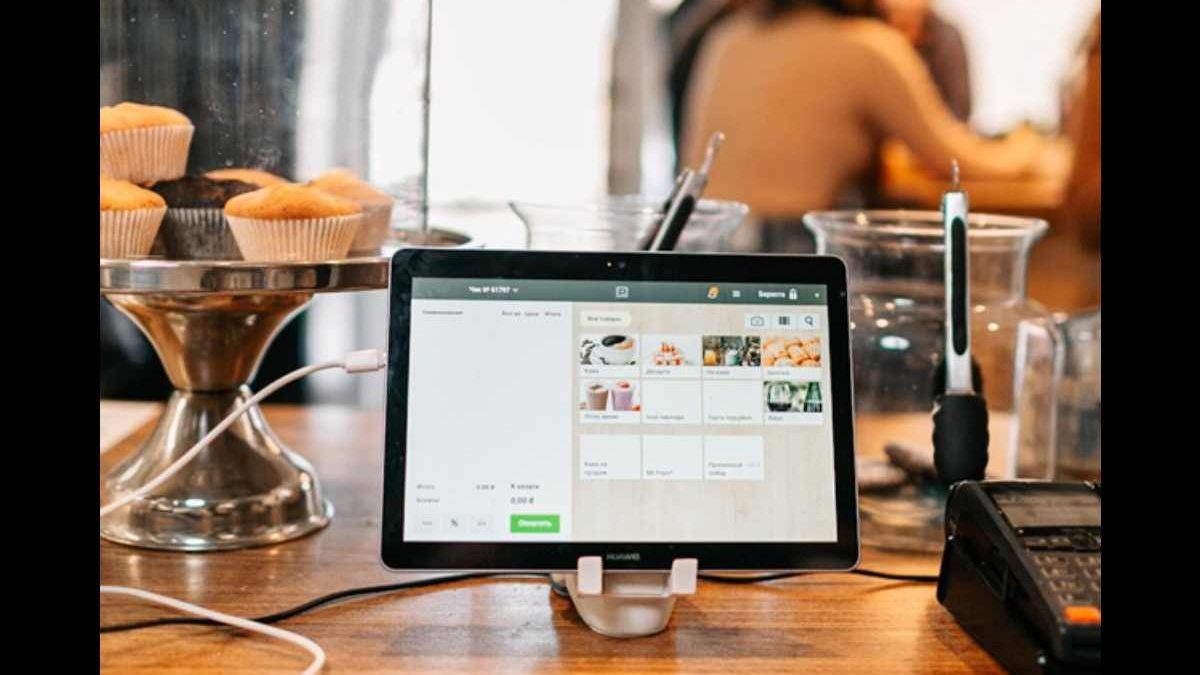Gone are the days of writing down orders in paper booklets or waiting patiently for an overworked server to take your order.
Technology has revolutionized the restaurant industry, with new tech emerging every day. From self-ordering systems to intuitive point-of-sale (POS) systems and the adoption of artificial intelligence (AI), modern innovations continue to shape the future of food services.
In this listicle, we’ll explore the future of restaurant technology and look at real-world examples of how these innovations are being implemented.
Table of Contents
1. AI Chatbots and Virtual Assistants
Previously, you’d have to phone the restaurant or stop by to make a reservation. But today, restaurants use chatbots and virtual assistants on their websites that offer instant responses to questions and manage online reservations.
These AI-powered chatbots have become so impressive that they can even remember the food preferences of previous customers, allowing them to make menu recommendations based on past food orders.
2. Smart Kiosks and Self-Ordering
Have you ever stepped into a fast food restaurant only to be met with a painfully long line of patrons waiting to place an order, staring at the menu boards?
With smart kiosks and self-ordering systems, you can now access a digital menu on an intuitive touchscreen device, browse your options, add or remove ingredients, and pay without interacting with another person.
AI can also be incorporated into these systems to promote certain dishes or offer personalized recommendations based on selected menu items.
3. Internet of Things in Restaurants
The Internet of Things (IoT) encompasses networks of interconnected devices, which helps streamline operations.
In a restaurant setting, this can include smart refrigerators that alert you when ingredients are low or walk-in freezers with automatic wireless thermostats that can be controlled remotely and maintain optimal temperatures.
IoT sensors can be incorporated into different types of kitchen equipment, notifying staff when maintenance is required.
The point-of-sales system (POS) will continue to form a part of the restaurants of the future, as these systems can integrate with IoT devices. For example, the best POS system for a restaurant allows you to access real-time data to personalize customer experiences.
4. Smart Kitchen Appliances
Smart kitchen appliances are not new. Many residential homes have coffee machines connected to voice assistants or temperature-controlled coffee mugs.
But these appliances are also being adopted at a larger scale in restaurants.
By equipping standard appliances with AI, restaurant kitchens can become much more streamlined.
- Ovens preheat automatically to the desired temperature for a specific recipe.
- Fryers automatically adjust cooking times.
- Using robotics food prep tools has yet to be widespread. Still, some restaurants have adopted robots to slice meat and chop vegetables.
- Smart ventilation systems that adjust ventilation based on cooking activity.
- AI-powered pressure cookers that switch off automatically once a recipe is ready.
5. Drone Delivery
Drones are employed for food delivery, circumventing issues related to traffic congestion, the overhead costs of delivery vehicles, and driver compensation.
Drones can also access remote areas with accuracy, improving customer satisfaction.
Challenges With Implementing Technology in The Restaurant Industry
The main challenge with implementing the latest restaurant technology is the upfront investment, as modern solutions don’t come cheap. However, these systems should streamline operations and cut back on costs in the long run.
For example:
- A drone delivery system will require purchasing a drone and the relevant software. On the upside, you’ll reduce fuel costs and driver wages.
- Getting a smart thermostat installed in a freezer will require you to spend money on the tech and installation. However, once installed, your energy bills will reduce as temperature control is optimized.
And, of course, the human touch remains vital in the restaurant industry, especially when interacting with patrons. Restaurant owners must balance technological innovation and maintaining personal relationships with customers.
Real-World Examples of Restaurant Technology
- Dominos: Dominos implemented an AI chatbot in 2017 and uses AI for order-taking and delivery. In 2023, Dominos also used virtual assistants to deal with phone orders, allowing staff to focus on food preparation and in-store interactions.
- McDonalds: This popular fast food chain uses smart kiosks to take orders. AI powers the kiosks and suggests menu items based on customer preferences.
- Starbucks: Their loyalty program incorporates AI to make personalized menu recommendations.
- Chipotle: In 2023, Chipotle deployed radio frequency identification (RFID) to manage their inventories and track ingredients, ensuring food safety.
Final Thoughts
Restaurants can improve their efficiency when they embrace these emerging technologies. This will allow them to outcompete their rivals in this heavily competitive industry.
The future of dining will continue to be customer-focused, with personalized recommendations, intuitive ordering, and food ordered and cooked to perfection.

